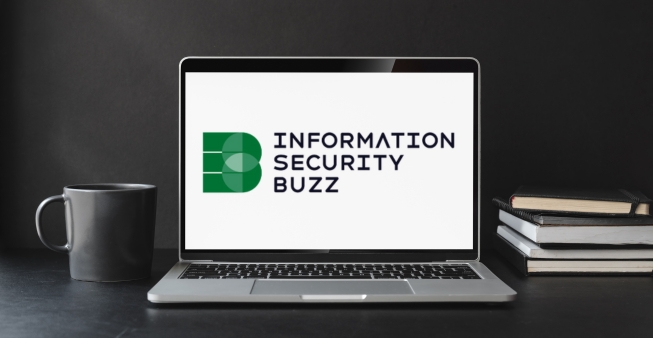On February 24th, 2024, Change Healthcare was crippled by an 8.842 billion dollar (and growing) data breach. Due to the lack of multi-factor authentication on all employee endpoints, the company made headlines internationally. A few months later, Snowflake experienced its largest breach yet, affecting hundreds of customers, including AT&T, Ticketmaster, and Santander Bank. The breach exploited the previously compromised credentials of a Snowflake employee, resulting in substantial financial losses and exposing critical security lapses in credential management among third-party vendors and clients.
Sadly, these two cases weren’t the only headlines in 2024. Verizon reported that 70% of almost 800 data breaches last year involved compromised privileged credentials, highlighting the growing need for identity management.
The reality is undeniable: digital threats loom, making regular headlines. Privileged Access Management (PAM) and Identity Access Management (IAM) are at the forefront of cybersecurity defense, making the IAM and PAM crack down on identity sprawl imperative to your cybersecurity posture.
The Role of Identity Access Management (IAM)
IAM is one of the leading technology domains, offering a comprehensive framework that ensures users have timely and appropriate access to information. Its role is especially critical as IT environments become more complex, with identity management at the center of security efforts. At its core, IAM enables organizations to securely verify user identities, consolidate credentials, and manage across-system permissions. It also strengthens remote access by securing login points for off-site users and third-party vendors.
Beyond access control, IAM supports the entire user lifecycle, from onboarding to deactivation, including changes during organizational transitions such as mergers or acquisitions. With a mature IAM program, businesses can streamline identity management and respond more efficiently to evolving operational demands.
What is Privileged Access Management (PAM)
PAM, a subset of IAM, secures access to key business and technical system accounts. Essentially, PAM is a gatekeeper. It is an added layer of security most applicable to organizations looking to control administrator, third-party, and service accounts. It also delivers the ability to audit who has access to accounts and can specify which operations or applications users can run. PAM supports locking down the operations or applications users have rights to, providing clear-cut audits of what users, vendors, and third parties have access to.
As a subset of IAM, it enhances account lifecycle management by offering support, credential vaulting, and rotation for admin and service accounts. PAM also operates under the “least privilege” position on servers and endpoints, enabling quick response times to prevent privilege escalations in worst-case scenarios. It is a specialized area within IAM that empowers businesses to keep up with growth, allowing them to scale securely.
8 Ways to Strengthen Cybersecurity with IAM and PAM
Integrating identity management technologies into your cybersecurity program enables enterprises to address current and emerging challenges, including advanced threats, cloud security, and supply chain vulnerabilities. Here are eight ways these solutions can help meet your top security priorities:
- Cost Optimization and Consolidation – Integrating IAM and PAM can significantly reduce costs. A case study by One Identity revealed a 30% reduction in identity management costs through strategic technology consolidation.
- Gen-AI Security – With the increased utilization of AI, identity-centric solutions have become instrumental in preempting breaches. Microsoft’s AI-powered Identity Protection has reduced compromises by 80% by detecting abnormal user behaviors indicative of potential security threats.
- Identity Management – A staggering 93% of organizations reported multiple identity-related breaches in a year. Implementing IAM and PAM practices can reduce these figures, safeguarding critical business information.
- Data Security: The global average cost of data breaches continues to rise. Utilizing IAM tools, such as multi-factor authentication (MFA) and role-based access controls (RBAC), can prevent unauthorized access to sensitive data.
- Zero Trust Architecture – Organizations employing Zero Trust frameworks have reported 50% fewer breaches. This strategy relies heavily on continuous user verification and network devices, a principle strongly supported by IAM implementations.
- OT and IoT Security – Security challenges grow with the number of connected devices. Implementing identity-driven access controls in every device is crucial for mitigating risks.
- Third-Party Security – A 2024 study found that 54% of organizations experienced a data breach due to third-party actions. Limiting vendor access through PAM tools enhances security and compliance.
- Cloud & SaaS Security – With the shift towards cloud or hybrid environments, finding a platform to enforce stringent access controls to protect cloud-hosted data is even more important.
Evolving cyber threats and the growth of identity sprawl necessitate integrating PAM and IAM into organizational security strategies. The “It Won’t Happen to Us” mindset is dated and contributes to the increased attacks. By leveraging these technologies, businesses can enhance their defenses, reduce the likelihood of breaches, and protect their assets. IAM and PAM have become proven safeguarding tools in our increasingly interconnected world.
Written by Jerry Chapman, Director of Identity Services and Solutions at Verinext, and published in Information Security Buzz.






